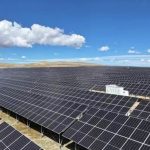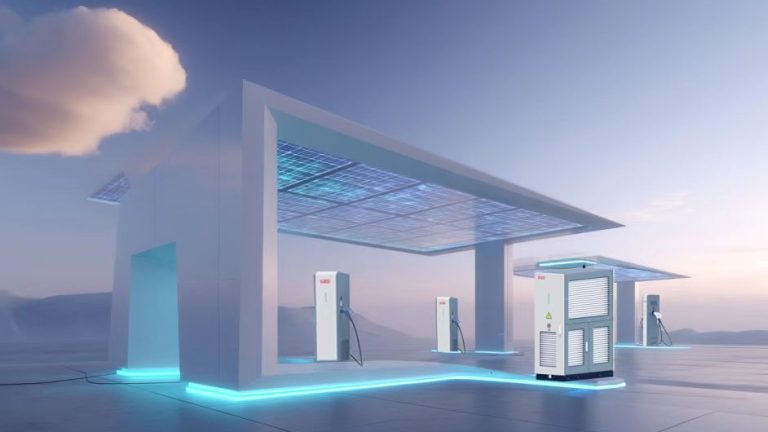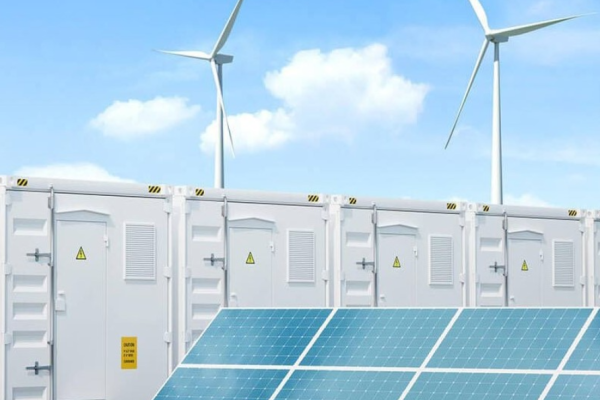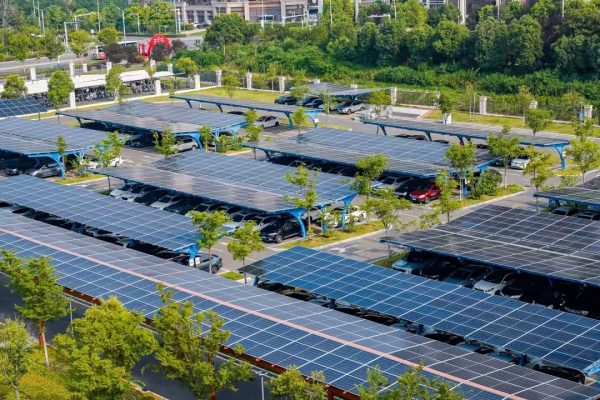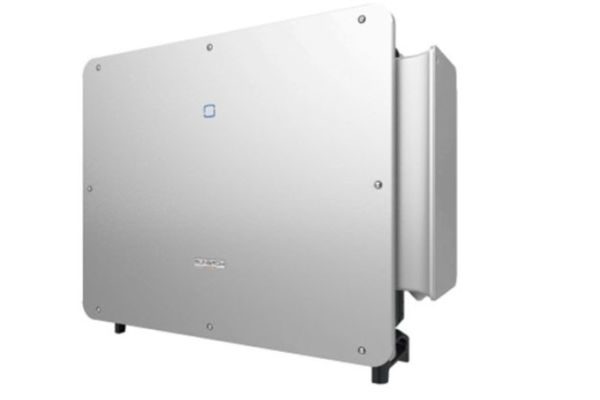What System Buyers Should Know About Today’s Leading ESS Options
As more homeowners invest in backup power and self-consumption solutions, the global home energy storage market is filled with competing brands — each offering its own mix of battery chemistry, inverter integration, software features, and pricing.
In this article, we compare five well-known home ESS brands across key parameters that matter to residential system buyers, installers, and SME EPC companies.
⚠️ Note: This is a comparative overview, not a product endorsement. Specs may vary by region or model year. Always confirm with the manufacturer.
🔋 1. Tesla Powerwall 2
Country: USA
Battery Chemistry: NMC
Capacity: 13.5 kWh
Inverter: Built-in
AC-Coupled: Yes
Notable: App-driven ecosystem, brand recognition
Pros:
- Seamless integration with Tesla solar
- High-quality app and user interface
- Widely approved by utilities in the U.S. and Europe
Cons:
- Expensive outside U.S.
- Limited availability in some markets
- Not compatible with all 3rd-party PV systems
🔋 2. BYD Battery-Box Premium HVS/HVM
Country: China
Battery Chemistry: LFP
Capacity: 5.1–22.1 kWh (modular)
Inverter: External (Fronius, SMA, etc.)
DC-Coupled: Yes
Notable: Strong presence in Europe & Australia
Pros:
- Flexible modular sizing
- Compatible with many hybrid inverters
- Long cycle life with stable LFP cells
Cons:
- Requires matching inverter & config software
- Less DIY-friendly
- Service varies by local distributor
🔋 3. Sonnen eco
Country: Germany
Battery Chemistry: LFP
Capacity: 5–15 kWh
Inverter: Built-in
AC-Coupled: Yes
Notable: Focus on smart home and community energy
Pros:
- Premium design and software
- Grid services participation (in select markets)
- Long warranty (up to 10 years / 10,000 cycles)
Cons:
- Higher price point
- Mostly available in Europe/North America
- Less modular than stackable competitors
🔋 4. Pylontech Force L2 / US Series
Country: China
Battery Chemistry: LFP
Capacity: 3.55–17.76 kWh (stackable)
Inverter: External
DC-Coupled: Yes
Notable: Widely used with hybrid inverters in emerging markets
Pros:
- Cost-effective and modular
- Compatible with major inverter brands
- Good documentation and BMS protocol support
Cons:
- Requires BMS/inverter matching for stability
- Limited app/software features for end users
- Warranty may depend on local distributor
🔋 5. LG Energy Solution RESU
Country: South Korea
Battery Chemistry: NMC
Capacity: 6.5–13.1 kWh
Inverter: External (Solaredge, SMA, etc.)
DC-Coupled: Yes
Notable: Known for compact size and high energy density
Pros:
- Compact and sleek design
- Reliable brand with global support
- Integrates well with solar inverters
Cons:
- NMC chemistry: more energy-dense but less thermally stable than LFP
- Limited expansion options per model
- Requires careful installation to manage heat
🧩 Brand Comparison Summary
| Feature | Tesla Powerwall | BYD Battery-Box | Sonnen eco | Pylontech | LG RESU |
|---|---|---|---|---|---|
| Chemistry | NMC | LFP | LFP | LFP | NMC |
| Built-in Inverter | ✅ | ❌ | ✅ | ❌ | ❌ |
| Modular Design | ❌ | ✅ | ❌ | ✅ | ❌ |
| Compatibility | Tesla-only | Multi-brand | Sonnen-only | Multi-brand | Multi-brand |
| App/UX Quality | Excellent | Moderate | Excellent | Basic | Good |
| Popular Markets | US, EU | EU, AU, MEA | EU, US | Africa, LATAM | Global |
| Price Range (relative) | $$$$ | $$$ | $$$$ | $$ | $$$ |
💡 What Should You Prioritize?
As a buyer, installer, or SME EPC company, the best home ESS brand for your project depends on:
- 🔧 Inverter compatibility: Do you need it to work with a specific hybrid inverter?
- 🧱 Modularity: Do clients want to expand in the future?
- 🌡️ Climate conditions: LFP systems often handle heat better than NMC
- 🌍 Market availability: Local warranty and support can outweigh technical specs
- 📲 User interface: Does your client care about energy apps and remote monitoring?
✅ Final Thoughts
The residential energy storage market offers more choices than ever, but those choices require technical validation and customer-aligned trade-offs. Whether you prioritize brand recognition, price, modularity, or safety, the key is to match the ESS to your client’s use case, region, and grid conditions.



